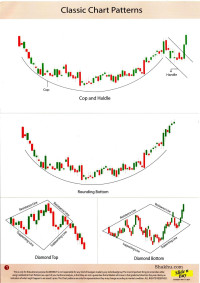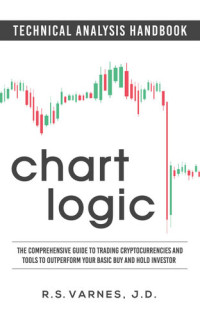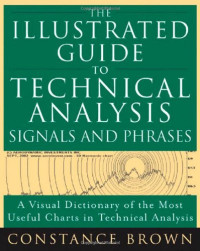
Handbook of Digital 3D Reconstruction of Historical Architecture
Sander Münster, Fabrizio Ivan Apollonio, Ina Bluemel, Federico Fallavollita, Riccardo Foschi, Marc Grellert, Marinos Ioannides, Peter Heinrich Jahn, Richard Kurdiovsky, Piotr Kuroczy ´nski, Jan-Eric Lutteroth, Heike Messemer, Georg Schelbert
In research on architectural history, digital 3D reconstructions have been used for more than 30 years as knowledge carriers, research tools, and means of representation. The number of digital reconstructions created has increased continuously in recent years, yet they exhibit highly varying technical, graphical, and content-related qualities. This raises the question of criteria and approaches to evaluate and validate the use of models, tools, and results. In view of this, the use of digital reconstruction methods in architec- tural history research has always been subject to ambivalence. Impressive applications and potential areas for research are contrasted by a whole series of extremely justified scientific and methodological reservations.Between 2018 and 2022, thanks to funding from the German Research Foundation (DFG), 14 network members from Germany, Italy, and Austria have been working on the Digital 3D Reconstructions as Tools for Research in Architectural History network on the question of how 3D reconstructions can methodically and validly advance our knowledge of historical architecture and what conditions are conducive to this.
This handbook is intended to make these results available to students, experts, and other interested parties who wish to study the digital 3D reconstruction of historical architecture in more detail. It should serve as a guide for students to get a thematic overview and practical insight. The book provides answers to two core questions: What is a digital 3D reconstruction? How are they created and what are they used for? Practical instructions, condensed knowledge, explanations of technical terms and example projects, literature, and further references provide information of varying density and enable an individual introduction to the topic.
This handbook is intended to make these results available to students, experts, and other interested parties who wish to study the digital 3D reconstruction of historical architecture in more detail. It should serve as a guide for students to get a thematic overview and practical insight. The book provides answers to two core questions: What is a digital 3D reconstruction? How are they created and what are they used for? Practical instructions, condensed knowledge, explanations of technical terms and example projects, literature, and further references provide information of varying density and enable an individual introduction to the topic.
Catégories:
Année:
2024
Edition:
1
Editeur::
Springer
Langue:
english
Pages:
211
Fichier:
PDF, 6.63 MB
IPFS:
,
english, 2024
 Amazon
Amazon  Barnes & Noble
Barnes & Noble  Bookshop.org
Bookshop.org  Convertissez des fichiers
Convertissez des fichiers Plus de résultats de recherche
Plus de résultats de recherche Autres avantages
Autres avantages 












